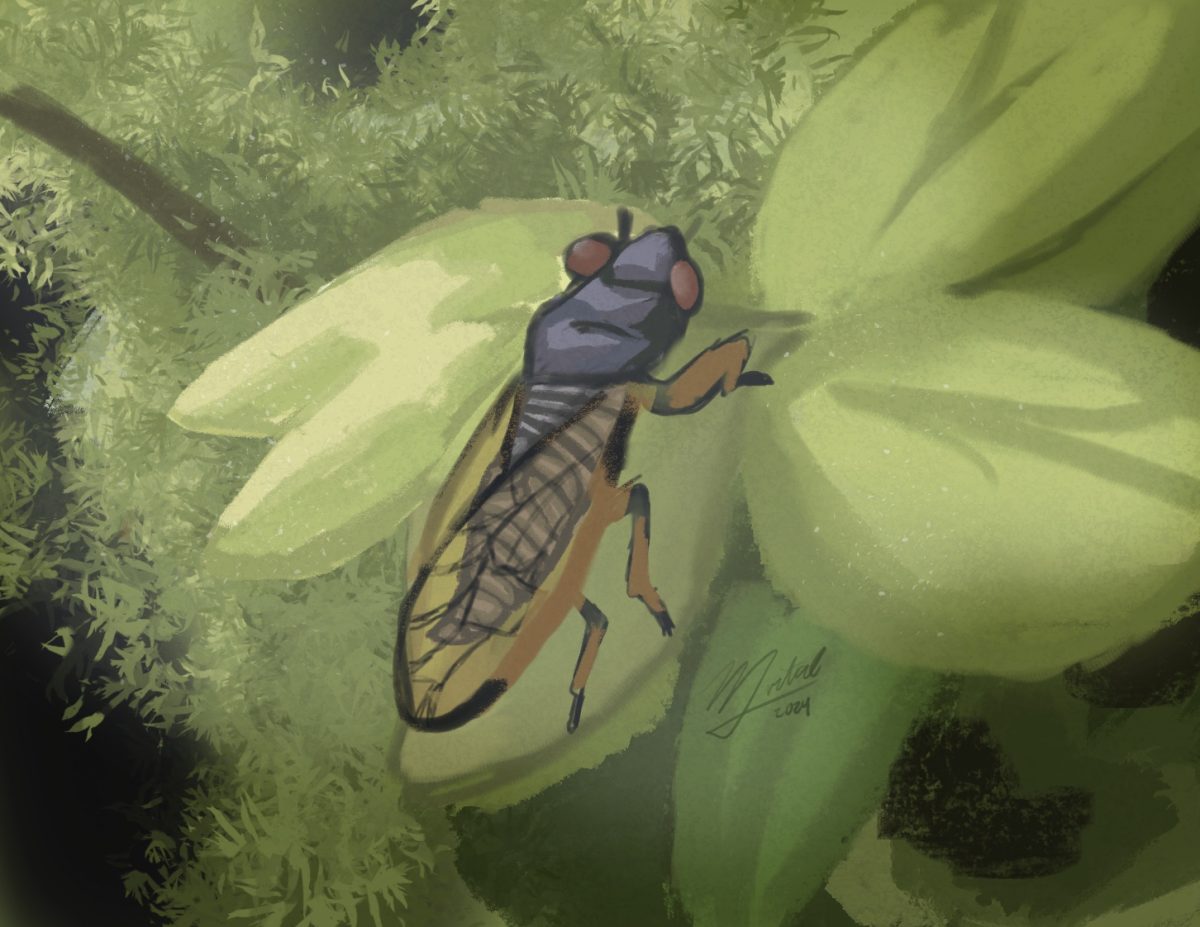California is within the top 10 most environmentally friendly states in the country. But how do they do it? It might be due to composting.
When leftovers are thrown into the compost, they are taken to a Recology composting facility. They are sorted into large piles with water and lots of oxygen. As a result, the piles heat up, helping microscopic microbes break down the compost.
This process takes about 12 weeks. The healthy dirt made from this process is used in local farms to grow new crops that are often sold back to local markets. But not everyone throws their leftovers in the compost.
“In the United States, upwards of 30 percent of the food we produce gets thrown away, which means all the minerals and other nutrients which went into that food gets buried at the bottom of a landfill, rather than going back into the ecosystem,” stated AP Biology teacher Colleen O’Rourke.
Not having compost bins, or not knowing how to compost could be factors as to why so much compost is put into landfills, especially here at Riordan.
Michael O’Brien, the AP Environmental Science teacher, commented on how the Riordan community could improve composting around the school saying, “Continuing to educate people to put things in the compost bin that matches the pictures and having more bins like that.”
This could be Riordan’s next step to becoming more environmentally friendly.
Alternatively, people could not know the consequences of putting compost in the landfill. According to Recology.com, compost makes up one third of California’s waste, most of which goes into landfill.
When compostables go into landfill, they are packed into a low oxygen space and produce methane. This accounts for 20 percent of California’s methane production. If these products were to be normally composted, they would produce carbon dioxide, which is 28-80 times less harmful to the environment, according to climate.mit.edu.
Jessica Cheung ’26 shared her thoughts on this saying: “If you don’t compost, it goes to waste and increases pollution rather than purifying the environment.”
Next time you are about to toss your leftover pizza from last night in the landfill, think about how your actions will impact the environment around you.








